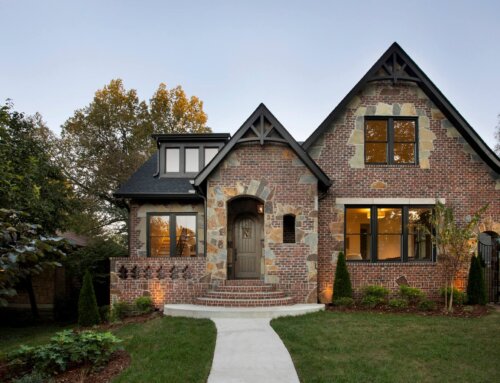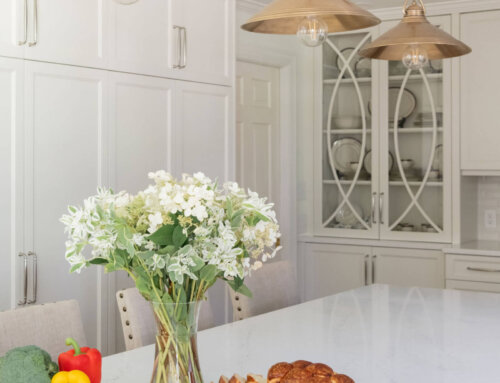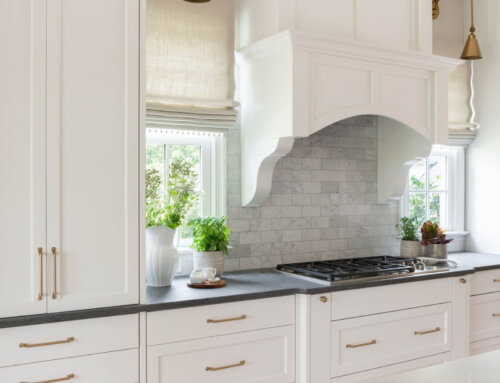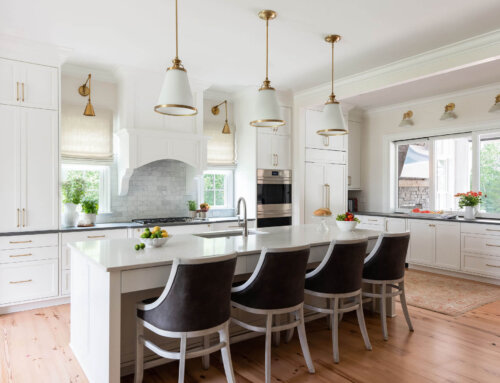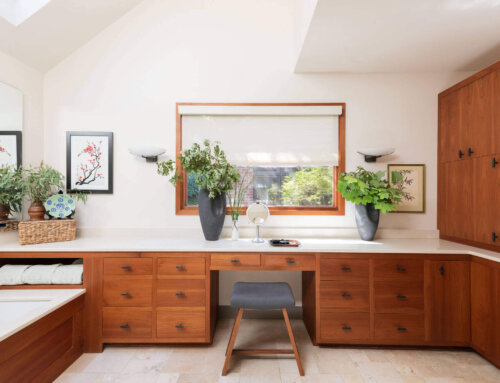Layering is a timeless interior design technique — mixing and matching patterns and textures to add depth and visual interest to your living space. And this approach isn’t going out of style anytime soon. Whether you’re mixing metals and fabric or overlapping unique prints, here are some tips on how to approach layering in your own home.
– All photos are from projects by Beth Haley Design (BHD).
Plan ahead.
Planning a room design before you begin making purchases may sound obvious, but sometimes, our excitement over seeing the finished product prevents us from having the patience we need. You won’t find everything for a space all at once. Your selections and pieces should be meaningful and collected over time. This is what makes for the best-layered spaces!
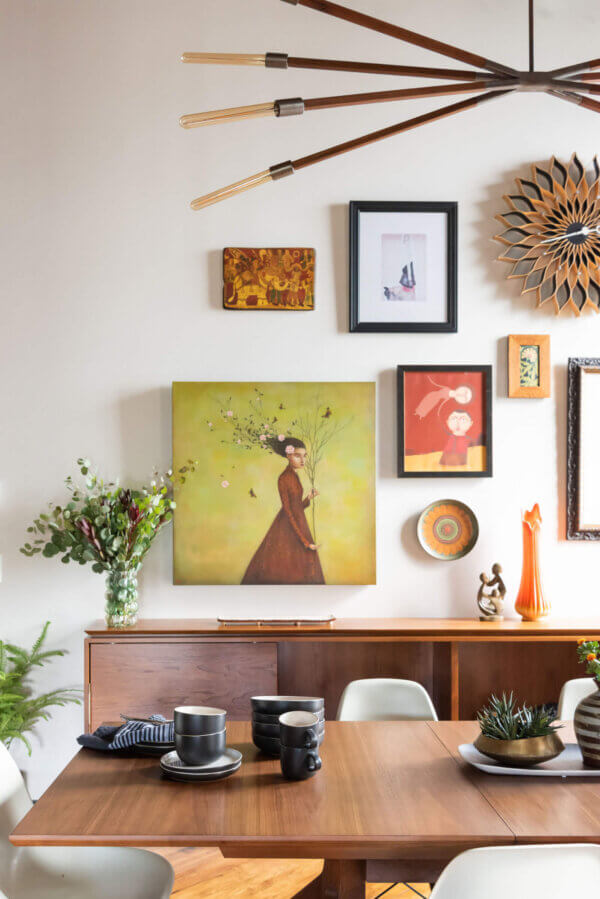
Add one layer at a time.
A layered room design takes on new levels of interest each time you add another pattern or texture. But how much is too much? When it comes to the “rules” of layering, see what you have first, and then add one new pattern or texture at a time until you feel like it’s complete. Adding one layer at a time rather than doing it all at once ensures you don’t overdo it and overwhelm the area.
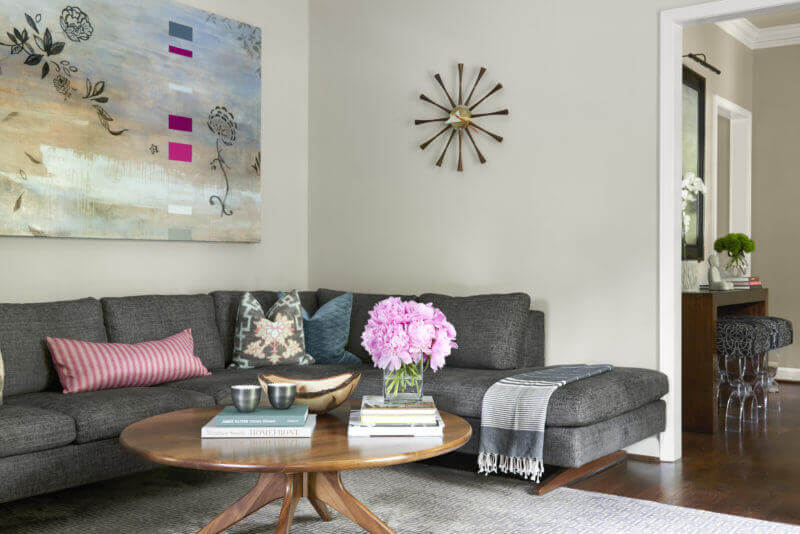
A living room is a place where layers can help sophistication meet comfort.
Don’t be afraid to try outside-of-the-box combinations.
An appealing design doesn’t always rely on apparent choices. Layering creates an inspired, lived-in feel. If you need inspiration, head to antique stores and fabric showrooms or flip through different fashion and design magazines. Pinterest is always a great idea, too! But most of all, don’t be afraid to combine elements that might not be an obvious pairing — that’s often when something really incredible happens.
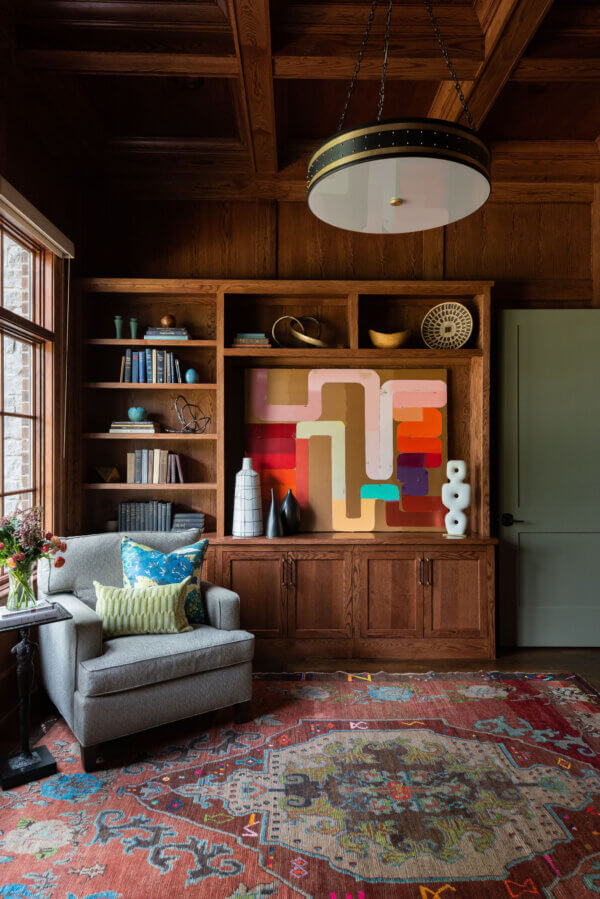
Here, Beth pairs different patterns in the throw pillows and rug to create visual interest.
Remember fabric and pattern.
Fabric and pattern are pivotal to layered interiors. Initially, we recommend finding one dominant fabric, such as drapes or a sofa. This could include a bold print with a variety of colors or something with intricate embroidery to add texture. Then, the layering process begins, adding smaller-scale fabrics for cushions and lampshades. The key when combining in this way is to have a variety of patterns in smaller and large prints.
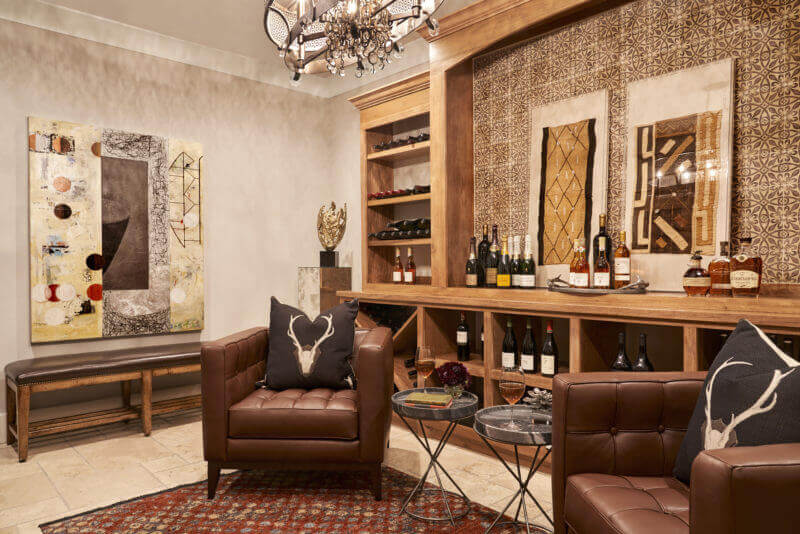
This space embraces layers through rich, earthy colors and lots of texture.
——––
Discover more of our blog posts here and this feature in StyleBlueprint, where we are mentioned as one of the best interior designers in Nashville. We’d love to work with you if you are looking for professional advice. Don’t hesitate to get in touch with us here!

